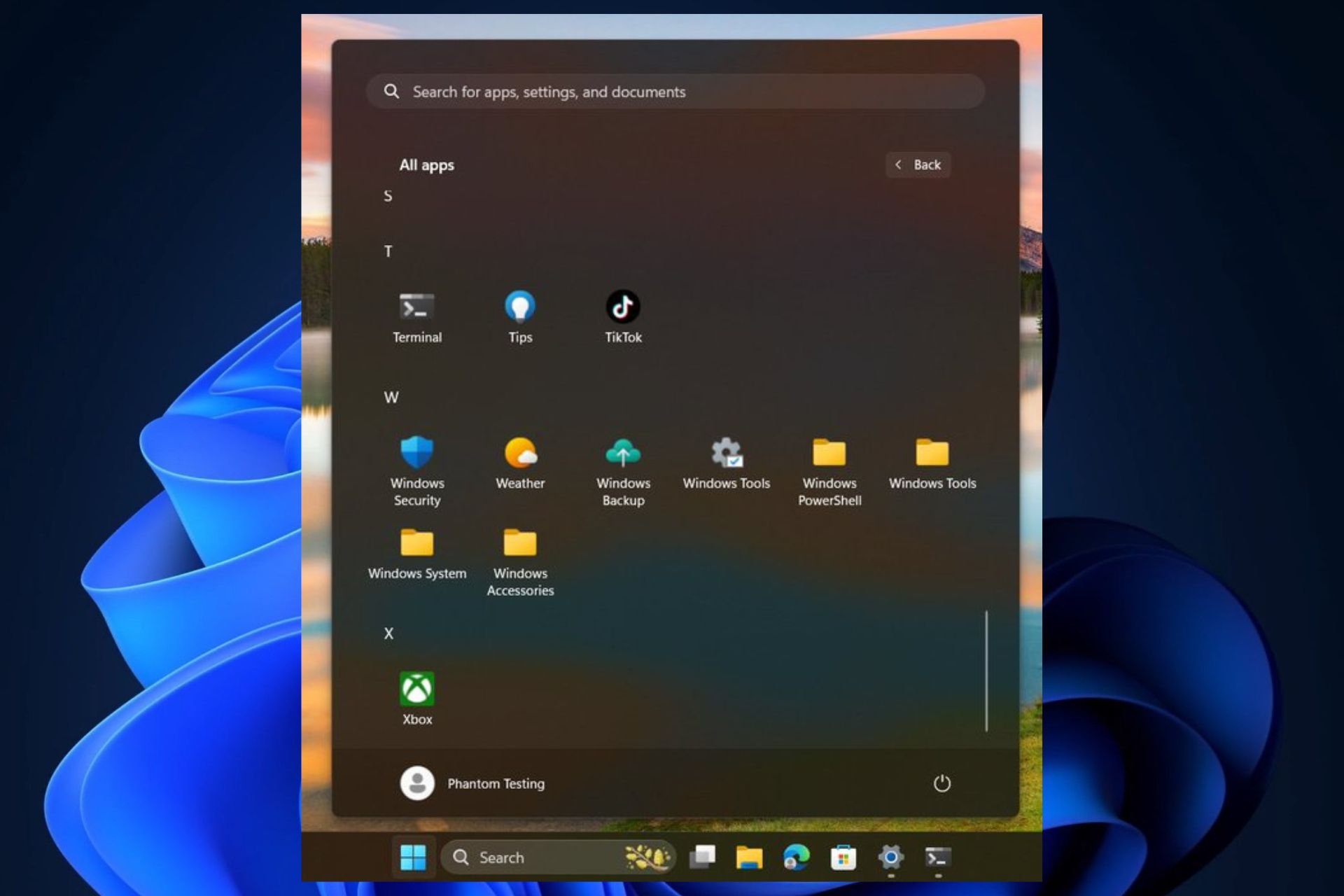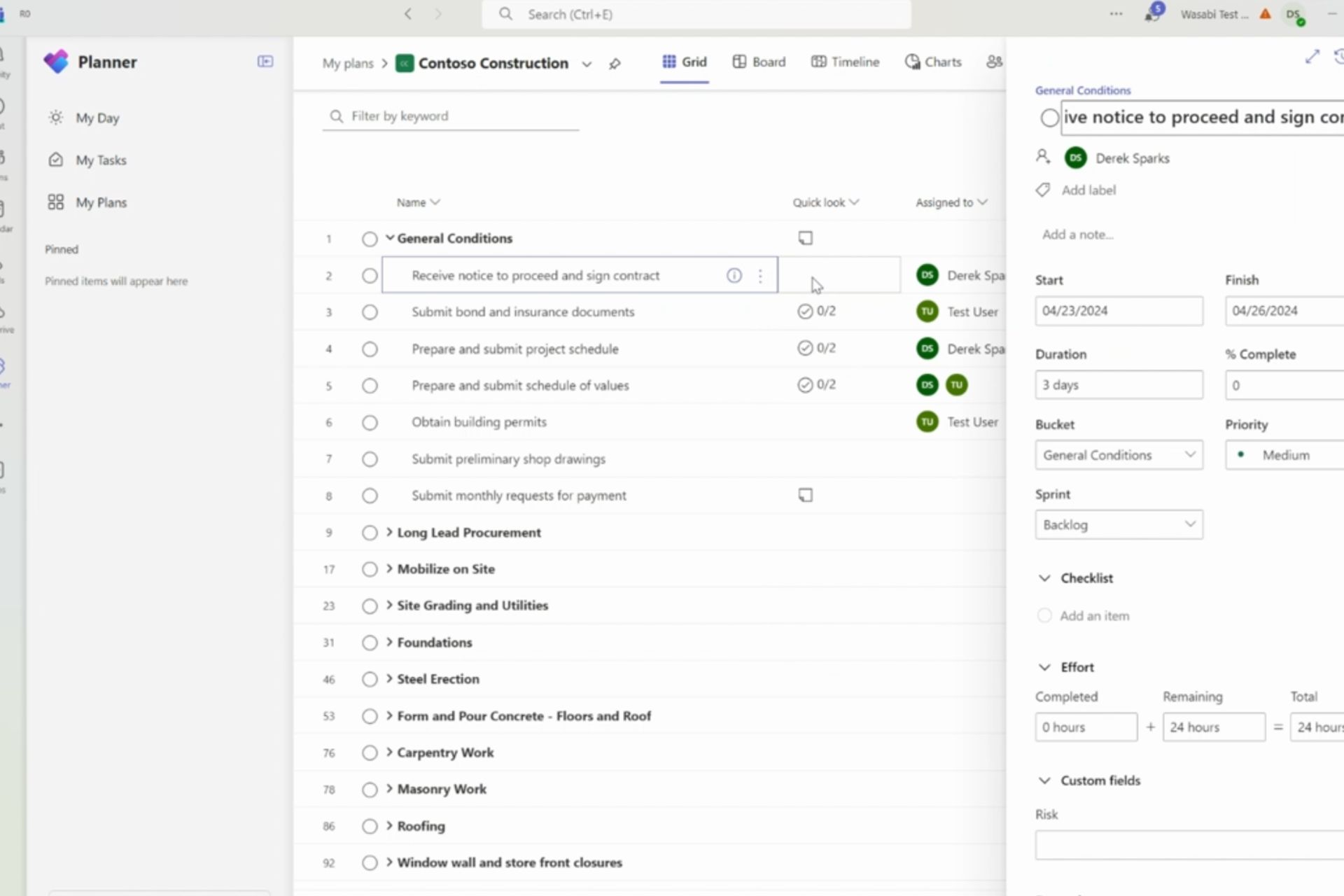Document supposedly detailing Windows 10 performance on 512MB devices posted
4 min. read
Published on
Read our disclosure page to find out how can you help Windows Report sustain the editorial team Read more
It has been a subject of concern for many since the announcement of Windows 10: how will devices with only 512MB of RAM fare?
Windows Phone as an operating system has typically been very lean. From Windows Phone 7 (which could likely have run on a potato) to Windows Phone 8, it has been the case that budget devices have run fine on very low-spec hardware.
As the feature creep has continued, and what Windows Phone can do has increased considerably, those devices sporting a very basic hardware package have begun to be left behind. Of course, the problem that this presents is significant, given that the vast proportion of those toting Windows Phones have budget devices. With Windows 10 on the way, how backwards compatible will it be?
From Windows Phone Mania (Polish site), and via Windows Phone Apps, a new document has emerged that supposedly details how Windows 10 will perform on budget devices. And the consensus is, as might be expected, mostly business as usual.
(Update: The authenticity of the document is being questioned, and with the original posts in Polish and Spanish, that’s a little hard to track down. Still, it makes for an interesting discussion.)
The major hit to performance will occur in areas that are particularly memory intensive. The first example cited is using a program, such as Bing Maps, for turn-by-turn directions as it is running in the background. In such a situation, opening too many apps will cause the background operation to close, much as is the case on Windows Phone in the present.
The next situation in which the more restrictive memory might cause an issue is with the processing of High Dynamic Range (HDR) images. This effect works to create an even exposure throughout images, bringing out highlights in shadows. A go-to feature now in many camera-phones, Microsoft has begun the expansion of its implementation (Rich Capture) throughout many of its devices through the new application Lumia Camera.

In devices with less RAM, though HDR images will be possible to create, they will be restricted to 5MP images with three different exposure settings, rather than 8MP images with 5 different exposure settings. Given the processing power that goes into creating these images, this is hardly surprising, and given that many 512MB devices sport nothing more than a 5MP camera, this will likely mean very little in the way of impact, but it is likely somewhat disappointing for some nonetheless.
Voice over IP (VOIP) will see no difference in general performance, that is unless a second call comes in while a high memory program is running in the foreground, in which case problems will arise. As for third-party apps, it is estimated that around 97% of current apps will function, unless they have particularly strong memory requirements. Across the board it is expected that the speed of performance will stumble however, denting the old strength of Windows Phone in this area.
The last two situations regard Internet Explorer and multitasking, both in a similar fashion. When managing multiple apps or tabs, it will only be possible to keep two tasks in the background while a third is running in the foreground, following that app and tab closures will take place, which is to be expected.
As far as this ‘document’ goes, a great deal is simple common sense: memory-intensive tasks on a device with restricted memory will struggle somewhat. That the document refers to ‘Internet Explorer’ instead of its successor is also a little suspect. However, this seems to be legitimate for the most part, even if it is not especially revealing.
Do you think more should be done to optimize performance, or to prepare for a new generation of devices? LEt us know what you think in the comments below.








